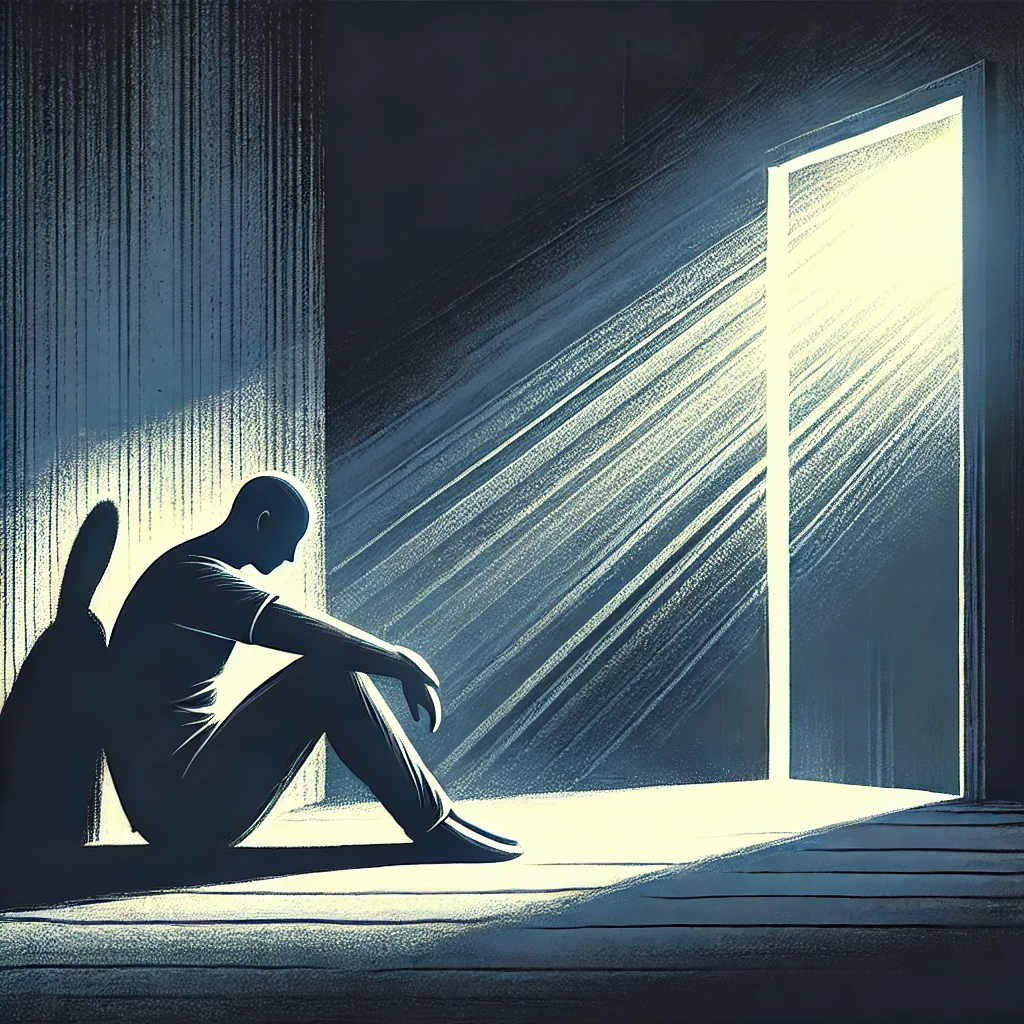Understanding Depression: A Guide to Regaining Hope and Control
Depression isn’t just feeling sad or having a bad day—it’s a heavy, exhausting fog that makes everything feel harder. It can steal your motivation, drain your energy, and convince you that nothing will ever change. But here’s the truth: depression is treatable, and you are not alone. This guide will help you understand what depression really is, why it happens, and most importantly, how to start managing it.
What Is Depression?
Depression is a mental health condition that affects how you think, feel, and function. It goes beyond temporary sadness and can last for weeks, months, or even years if left untreated. Unlike normal mood swings, depression lingers and affects daily life, relationships, and work.
Common Symptoms of Depression
Persistent sadness or emptiness
Loss of interest in activities once enjoyed
Fatigue, even after sleeping
Changes in appetite or weight
Difficulty concentrating or making decisions
Feelings of guilt, worthlessness, or hopelessness
Physical pain with no clear cause
Thoughts of self-harm or suicide (If you’re struggling with these thoughts, please seek help immediately.)

How to Manage Depression
Depression may not vanish overnight, but there are steps you can take to lessen its hold on your life. Even small changes can make a big difference.
1. Cognitive Behavioral Therapy (CBT)
CBT helps you challenge negative thoughts and replace them with more realistic, balanced perspectives.
How to Practice It:
Identify negative thoughts (e.g., “I’ll never be happy again.”)
Challenge them (Ask: “Is that really true? Have I felt happy before?”)
Reframe the thought (“I feel bad right now, but feelings change over time.”)
Keep a thought journal to track patterns and progress.
2. Establish a Routine
Depression thrives on inactivity. A structured routine—no matter how simple—can help you regain a sense of control.
Try This:
Set a consistent wake-up and sleep time.
Schedule one small task per day (even if it’s just taking a shower or making your bed).
Eat meals at the same time daily.
Engage in activities that used to bring joy, even if you don’t feel like it yet.
3. Exercise and Movement
It might be the last thing you want to do, but physical activity is one of the best natural antidepressants. Exercise boosts serotonin, endorphins, and dopamine—all of which improve mood.
Best Types of Exercise for Depression:
Walking or light jogging (Even a 10-minute walk can help.)
Yoga (Combines movement, mindfulness, and relaxation.)
Strength training (Builds resilience physically and mentally.)
Dancing (A fun way to engage in movement without pressure.)
4. Mindfulness and Meditation
Depression often pulls you into the past or future. Mindfulness helps you stay present and reduce overthinking.
Try These Techniques:
Body Scan Meditation: Close your eyes and focus on each part of your body, noticing tension and relaxation.
5-4-3-2-1 Grounding Method: Identify 5 things you see, 4 things you feel, 3 things you hear, 2 things you smell, and 1 thing you taste.
Gratitude Journaling: Write down three things you’re grateful for every day.
5. Social Connection
Depression isolates you, but connection—even in small doses—can be healing.
Ways to Stay Connected:
Text a friend or family member, even if it’s just a short message.
Join an online or in-person support group for depression.
Engage in hobbies with social components (e.g., book clubs, art classes, group fitness).
6. Seeking Professional Help
If depression interferes with daily life, seeking professional help is one of the strongest steps you can take toward recovery.
Treatment Options:
Therapy: Cognitive Behavioral Therapy (CBT) and Interpersonal Therapy (IPT) are effective treatments.
Medication: Antidepressants like SSRIs and SNRIs help regulate brain chemistry.
Light Therapy: For Seasonal Affective Disorder (SAD), exposure to bright light mimicking sunlight can reduce symptoms.
Support Groups: Speaking with others who understand can provide encouragement and perspective.
When to Seek Immediate Help
If you or someone you know is struggling with thoughts of self-harm or suicide, please seek help immediately. You are not alone, and help is available.
Emergency Resources in the US:
988 Suicide & Crisis Lifeline (Available 24/7 in the U.S.)
Crisis Text Line: Text HOME to 741741
National Alliance on Mental Illness (NAMI): 1-800-950-NAMI
Final Thoughts
Depression can make it feel like things will never get better—but they can. You are not broken, and you are not alone. Healing takes time, but with small, consistent steps, you can start feeling like yourself again.
If you take away one thing from this guide, let it be this: Your feelings are valid, but they are not permanent. Hope is real, and help is out there.
Find more self-help tools and mental health resources.
